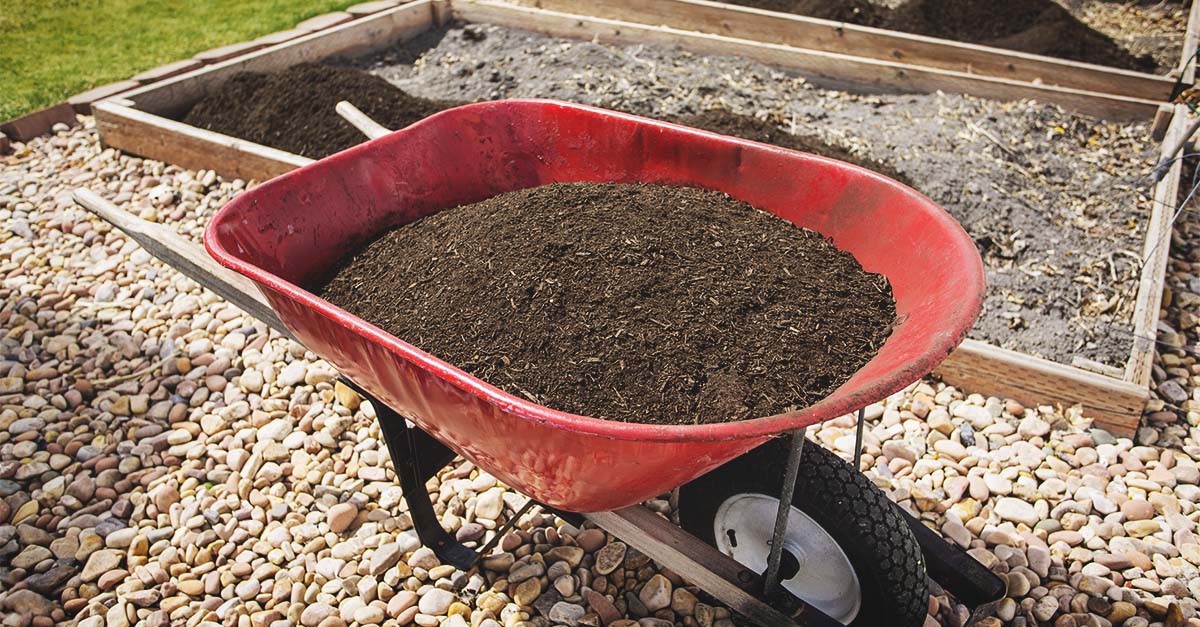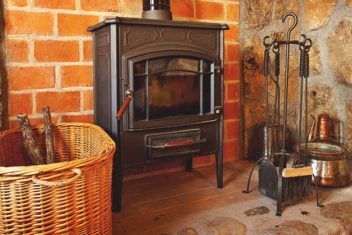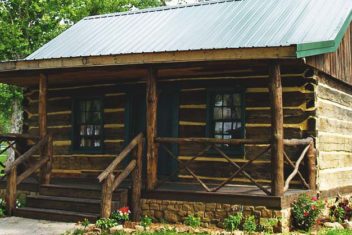I’m sure you’ve read those guides that tell you to add 2-3 inches of mulch or compost to your garden each year.
But how do you know how much material to buy to get that 2-3 inches?
Well, the simple answer is… Use our material calculator!
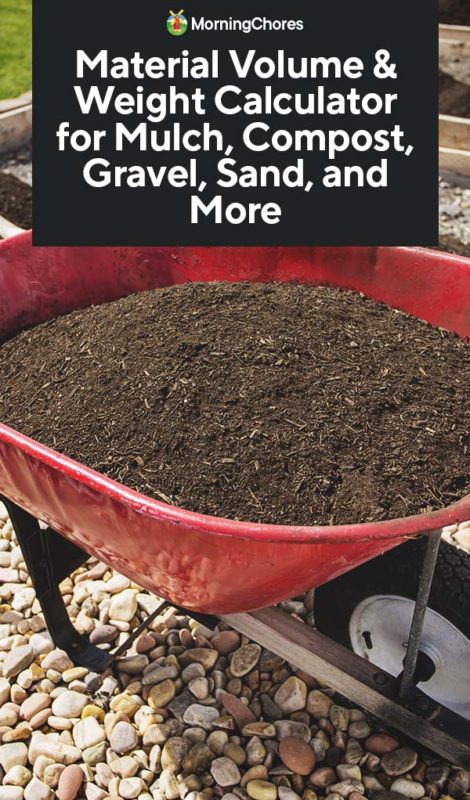
The Calculator
The calculator that follows will help you figure out how much mulch, compost, gravel, sand, or other bulk materials you need to order to fill up a certain area of your landscape.
All you must do is enter the following:
- The length and width or total square feet of your area
- Your desired inches of depth
- The material you plan to use
Then, we’ll give you your results in bulk amounts and bagged amounts to help you figure out the most cost-effective way to buy what you need.
Also, after you calculate your results, you can use our optional cost calculator. Just add in the price per unit on the results line next to the appropriate quantity to get an estimate of your total cost.
Finally, if you are new to buying large quantities of bulk materials, scroll down past the calculator to get valuable advice before making your purchases.
Choose a material:
Enter the area of your space:
Enter your square footage:
Depth:
inchesCalculation results:
| Cost per unit: | Total Cost: | |||
| If you buy in bulk: | 0 | cubic yards | ||
| 0 | tons | |||
| If you buy in bags: | 0 | bags of 3-cubic-feet bag | ||
| 0 | bags of 2-cubic-feet bag | |||
| 0 | pounds |
Disclaimer: Depending on the composition of the material from your supplier, the material density, the weight, and therefore, the total price you get from the calculator above may not be 100% accurate. Use the calculator only to get a rough estimation.
Units of Measure for the Calculator
Bulk material distributors usually sell goods using measurements of tons and/or cubic yards. Lighter weight items such as compost, mulch, and amended garden soil are usually sold in cubic yards. Heavier items, like gravel, are often sold by weight in tons so that the person hauling the goods knows how much weight they will be carrying.
Our compost calculator gives measurements in both cubic yards and tons based on average dry weights. Note though, that if you are using gravel, such as for walkways and driveways, it may come pre-mixed with water.
The addition of water adds more weight even though the square footage covered remains unchanged. As such, if you are working with wet materials, priced by the ton, you’ll need to make some adjustments to get an accurate estimate.
Bulk Buying Tips – And Warnings!
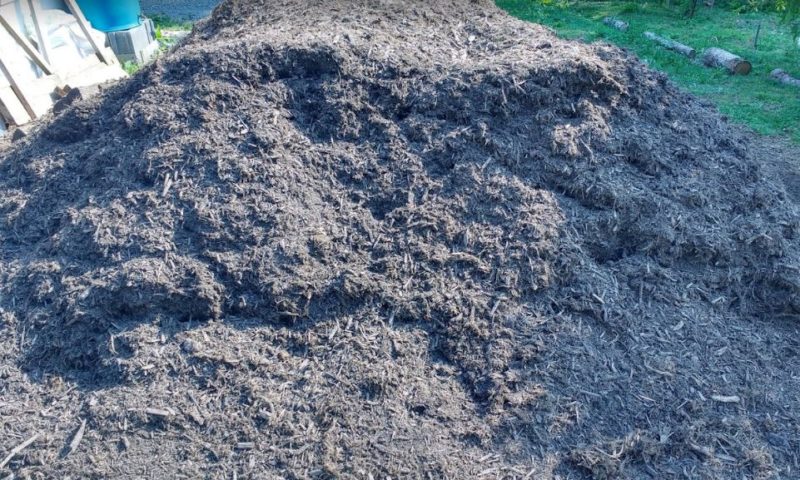
Figuring out how much mulch or other material you need to fill your space is the easy part. Making sure you get a good price can be more complicated. Here are a few things to keep in mind when making bulk landscape material purchases.
– By the Scoop or Bucket
Some suppliers use the term “scoop” or “bucket” as a unit of measure. That means they charge you for each scoop they can fit in their tractor bucket.
Tractor buckets come in various sizes. So, make sure you ask how big the bucket is if you are paying by the scoop. Don’t assume that a scoop is a cubic yard because many people use buckets that are equal to 3/4th of a yard.
– By the Bag
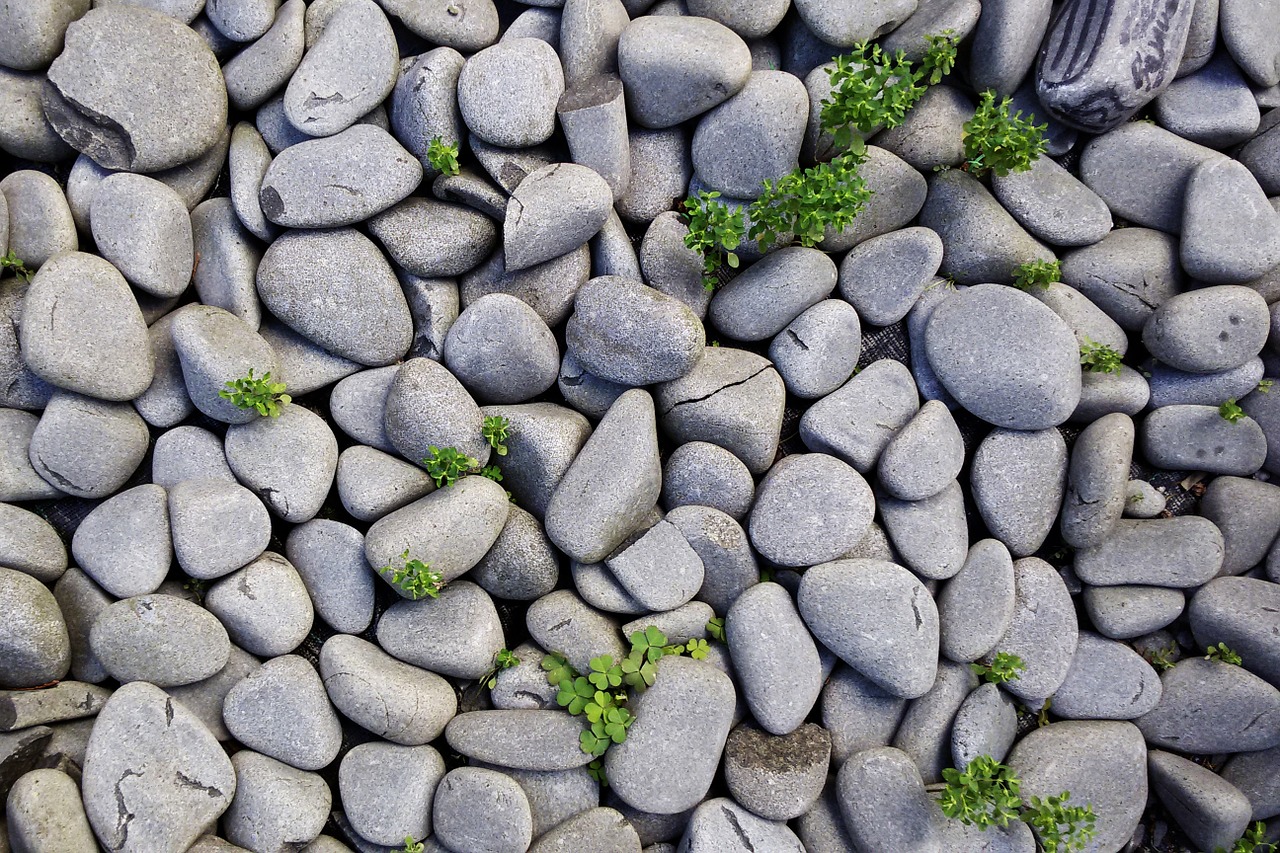
Bagged landscape materials are also often sold by size or weight. Mulch, potting soil, and garden soil usually come in two or three cubic foot bags. Rocks and compost though are typically sold by weight.
To make things more confusing, bag size varies between manufacturers. Standard compost frequently comes in 40-pound bags, while organic compost might be sold in 1.5 cubic foot bags. Rocks in bags can vary from 30 to 60 pounds depending on whether they are more expensive decorative rocks or inexpensive fill rocks.
For convenience, our material calculator gives you 2 and 3 cubic foot bag estimates for your materials needs. We also list the amount needed in pounds so you can use that to help you figure out how many bags, by weight, you will need. However, to use that line item for price estimation, you will need to take the number of pounds on the bag and divide it by the bag price. Then plug in your per pound price to use our material calculator.
Delivery Fees
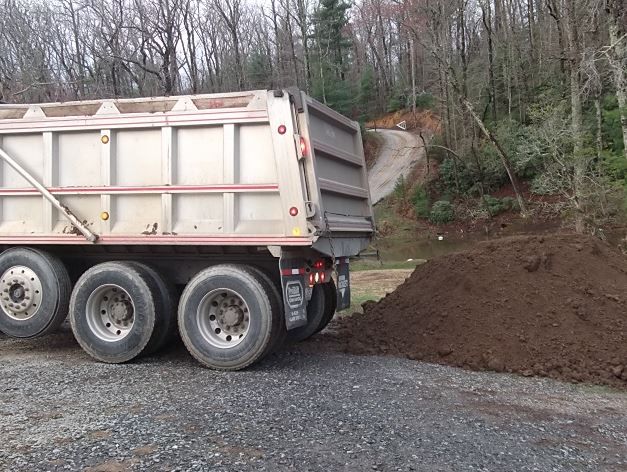
When you buy from bulk retailers, they often offer delivery services. Bulk materials are almost always significantly cheaper than bagged materials. But, the delivery fee sometimes negates those savings.
Delivery trucks also come in different sizes. I’ve had trucks deliver that hold 4 yards, 10 yards, 14 yards, and 22 yards at my house. The delivery fee was the same for each truck.
So, if you need large loads, make sure to use a bulk supplier that can deliver in one go to cut costs. Or, negotiate that delivery fee for smaller loads.
Equitable Estimates
For your average home user, what you really need to know is how much it will cost to fill a certain area. Qualified bulk retailers — regardless of what units they use for their pricing — should be able to tell you how much of their material you need to fill your area and what the total cost will be.
You can then compare that estimate to the results from the material calculator to check for reasonability and to compare different pricing options.
Mulch Much!
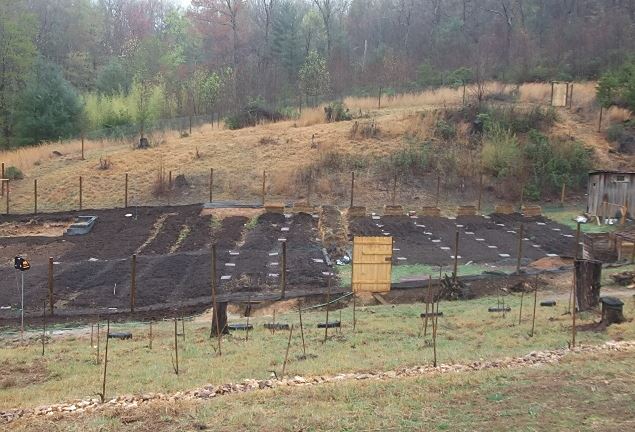
Using bulk quantities of mulch, compost, and other materials can really help you transform your landscape with dramatic results.
Now that you’ve got the scoop on mulch, compost, and other material calculations, I hope this information will help you save money and improve your soil and landscape with less stress and faster results!
